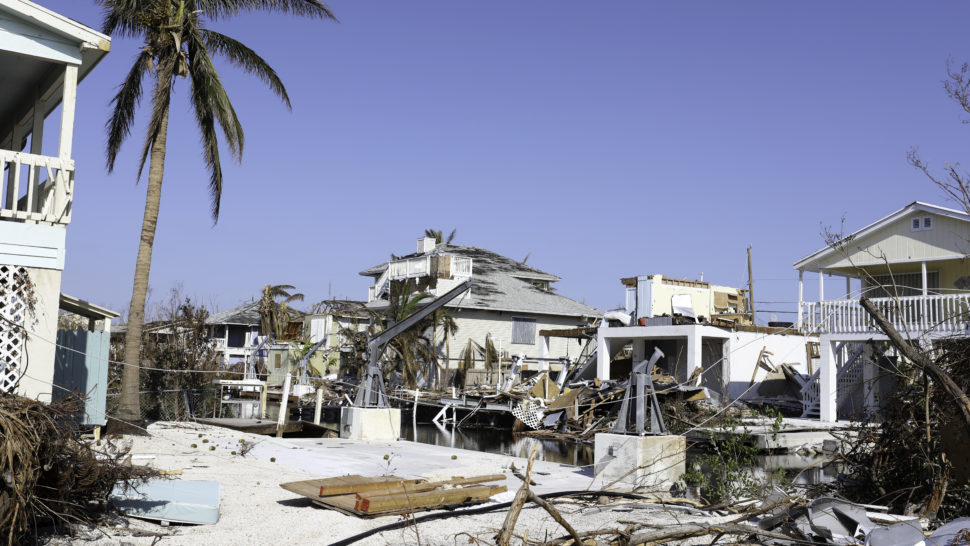Hurricane Season: This is what you need to do before, during, and after a disaster


The 2023 hurricane season is here. Above-average hurricane activity is expected this year — which would make it the seventh consecutive above-average hurricane season, according to The Weather Channel’s forecast.
Experts warn that the Gulf of Mexico is already warmer than average. Also creating cause for concern is current of warm tropical water that is looping unusually far into the Gulf for this time of year, with the power to turn tropical storms into monster hurricanes.
Your community should be equipped to respond to anything in an effective and efficient manner. For homeowners associations that means reviewing current emergency preparedness procedures for before, during, and after a hurricane, what supplies to include in emergency kits, and who to contact in the immediate aftermath.
Standard features of a hurricane plan include emergency contact information, responsibilities of the board, management, and residents, and a list of services that might be unavailable during and after a hurricane.

More specifically, this plan should have several checklists, including those that cover:
In addition, the plan should have a prepared notice advising residents of an impending hurricane and the risks of staying, a form to be filled out by residents who decide to stay, and what residents should know about the association’s insurance coverage and reserve funds.

Adopt and Share the Community Emergency Plan
A community’s emergency plan should be reviewed by experts such as the local police chief and presented to and approved by the association’s board. Once the plan is finalized, staff should implement timelines and responsibility charts and provide residents with information about the plan, so they can act accordingly when necessary. We suggest conducting drills on a regular basis for practice.
HOAs also can make a list of relief organizations at the local and national level that residents can reach out to for help, as well as detail the process to seek aid and debris removal assistance from the Federal Emergency Management Agency.
Maintaining communication is critical during and after the immediate danger has passed. Determine which residents or board members will be on call in the event of an emergency, and identify if any ham radio operators live in the community or in the immediate area in the event that cell towers are rendered inoperable.

Mitigation
Each year the number of natural disasters increases, yet only half of impacted communities qualify for federal assistance. Mitigation activity can help communities reduce infrastructure damage and minimize recovery time after a disaster. Communities seeking to reduce disaster impact should follow these three types of mitigation activity:
Does your community’s hurricane plan cover everything? Access more resources on CAI’s Community Disaster Preparedness & Relief pages.
HOAresources.com explores questions and comments from community association members living in condominiums, homeowners associations, and housing cooperatives. We then assemble trusted experts to provide practical solutions to your most commonly asked, timely questions. We never use real names, but we always tackle real issues. Have a question or comment about your community association? Submit here for consideration:
Join CAI’s online community for access to the industry’s most in-demand community association resources.
Thousands of your peers are sharing advice.
Laura Otto is the Senior Editor of Digital Content at CAI. A seasoned journalist, Laura previously worked for a creative, advocacy agency in Washington, D.C., where she wrote and edited content for a variety of public health clients. Prior to that, Laura served as a senior writer and editor for the George Washington University School of Medicine and Health Sciences. Laura is a graduate of Temple University in Philadelphia.